Icebergs in Antartica sometimes have stripes, formed by layers of snow that react to different conditions. Blue stripes are often created when a crevice in the ice sheet fills up with melted water and freezes so quickly that no bubbles form.
When an iceberg falls into the ocean, a layer of water can freeze to the underside. If this is rich in algae, it can form a green stripe. Brown, black and yellow lines are caused by sediment, picked up when the ice sheet grinds downhill towards the ocean.
Pictures of Frozen Waves
Water sometimes freezes the instant the wave breaks through the ice. That’s what it is like in antartica. Water freezes the instant it comes in contact with air. The temperature of the water is already some degrees below freezing. Just see how these waves froze in mid-air!
The color of ice can be used to estimate its strength and even how long it has been frozen. Arctic Ocean ice is white during its first year because it is full of bubbles. Light will travel only a short distance before it is scattered by the bubbles and reflected back out. As a result, little absorption occurs, and the light leaves with the same color it had when it went in.
During the summer, the ice surface melts and new overlying ice layers compress the remaining air bubbles. Now, any light that enters travels a longer distance within the ice before it emerges. This gives the red end of the spectrum space enough to be absorbed, and the light returned at the surface is blue.
Arctic explorers and mountain climbers know that old, blue ice with fewer bubbles is safer and stronger than white ice. An added bonus for explorers is knowing that floating camps built on blue ice will last longer.




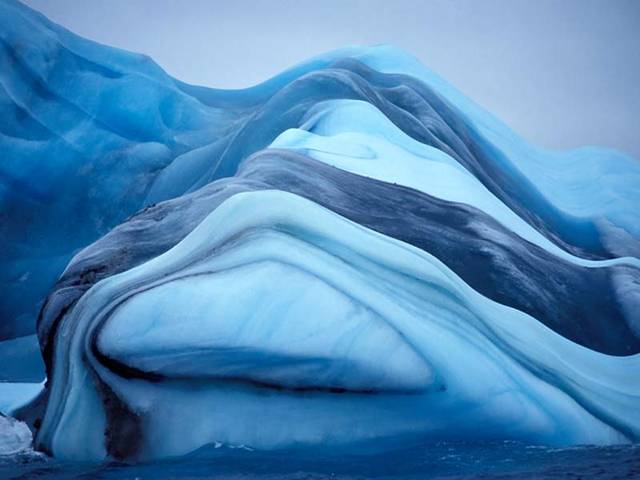

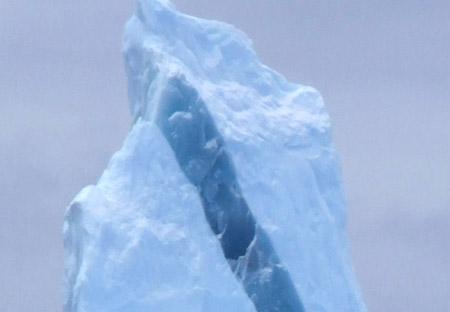
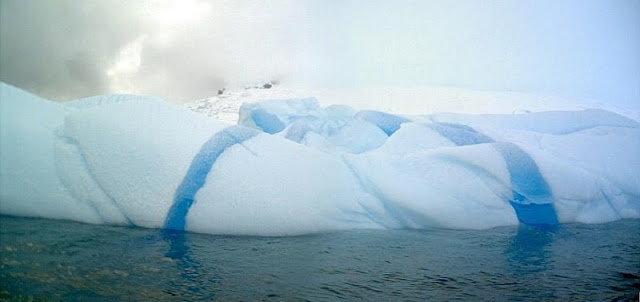
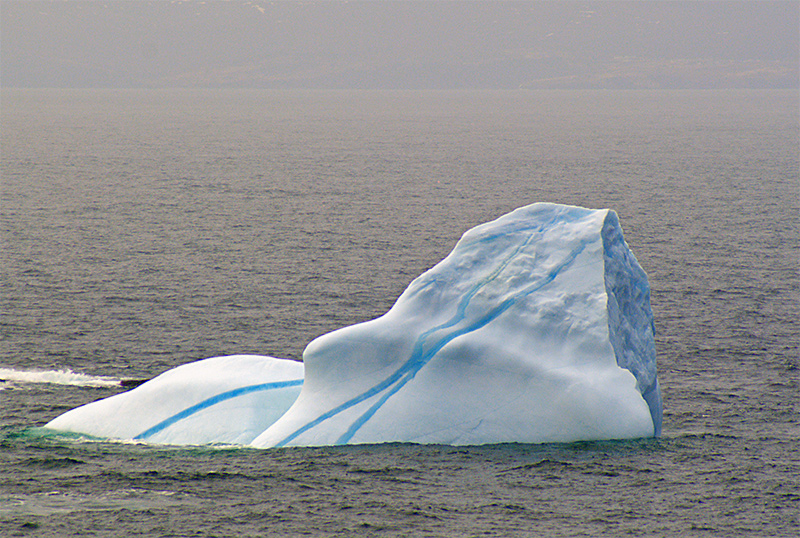









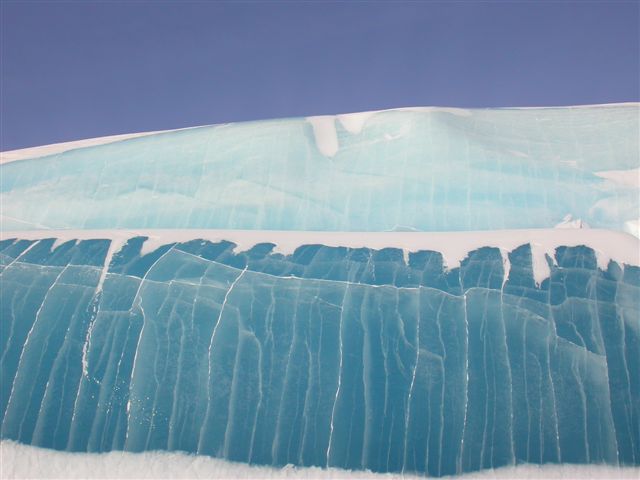
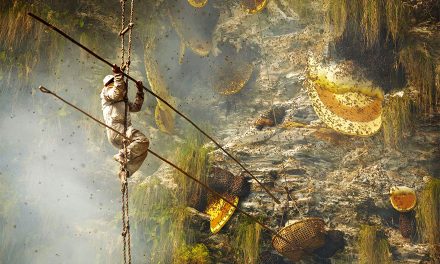









amazing !
AWSOME
Wow!
Wonderful pictures and wonderful presentation Cannot imagine such places exist..